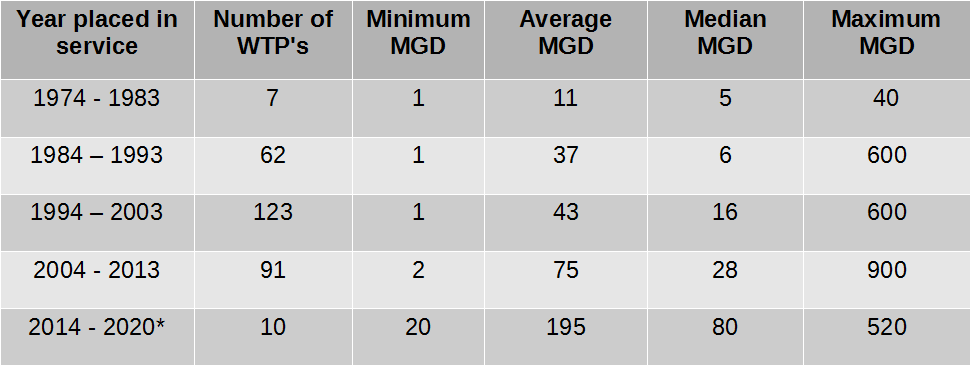Considered a practice of alternative “medicine”, ozone therapy is quite widespread and even anal gas applications have been suggested for the treatment of covid-19. However, the National Health Surveillance Agency (Anvisa) warned, on Monday (13), that there are only authorized medical devices for dental and aesthetic use.
The reinforcement on which practices are scientifically proven for the use of ozone and regulated in Brazil was made, after Anvisa received different requests for the approval of medical devices for ozone therapy. Today, use is quite restricted. In Brazil, ozone therapy is only regulated for dental and aesthetic use (Image: Halfpoint/Envato Elements)
Even the unregulated use of the gas can present risks to the patient. “There are health risks arising from the improper and indiscriminate use of this technology, under indications of use that have not been, so far, scientifically and clinically proven”, points out Anvisa, in a technical note.
What is ozone therapy?
Similar to oxygen gas (O2), ozone is also a gas, but it has one more oxygen atom (O3). “Ozone is a gas with strong oxidizing and bactericidal power. Due to these characteristics, it is used for dental and aesthetic purposes”, explains Anvisa.
Because of its composition, followers of alternative medicine claim that ozone applications induce greater oxygenation of the tissues involved and can treat different diseases, but, according to Anvisa, there is a lack of evidence for these purposes.
There is, so far, “no significant scientific evidence that there are other medical applications for the use of such a substance in the modalities of ozone therapy applied to patients”, comments Anvisa.
Where is use authorized?
At the moment, Anvisa authorizes the use of ozone therapy devices for only five purposes. Next, check what they are:
- dentistry: treatment of dental caries (antimicrobial action);
- Periodontics: prevention and treatment of inflammatory and infectious conditions;
- Endodontics: potentiation of the sanitization phase of the root canal system;
- Dental surgery: assistance in the tissue repair process;
- Aesthetics: aid in skin cleaning and asepsis.
“We emphasize that the use of ozone-emitting devices and ozone therapy technology
not regularized in this agency or with indications of use different from those described in this document [a nota técnica] constitutes a sanitary infraction, subject to the provisions set forth in Law 6437/77″, details Anvisa.
Can new devices and treatments be regulated?
Although the use of ozone therapy is currently limited, the scenario may change. For this, companies must prove the effectiveness and safety of their equipment and treatments with Anvisa. “Companies that, perhaps, give rise to the submission of regularization of ozone-emitting medical devices with indications of use different from those mentioned below, must present clinical studies in order to corroborate them”, he adds.

